Natural Ways to Keep Pets Out of Your Garden: Safe & Humane Solutions for Pet-Proofing Your Yard
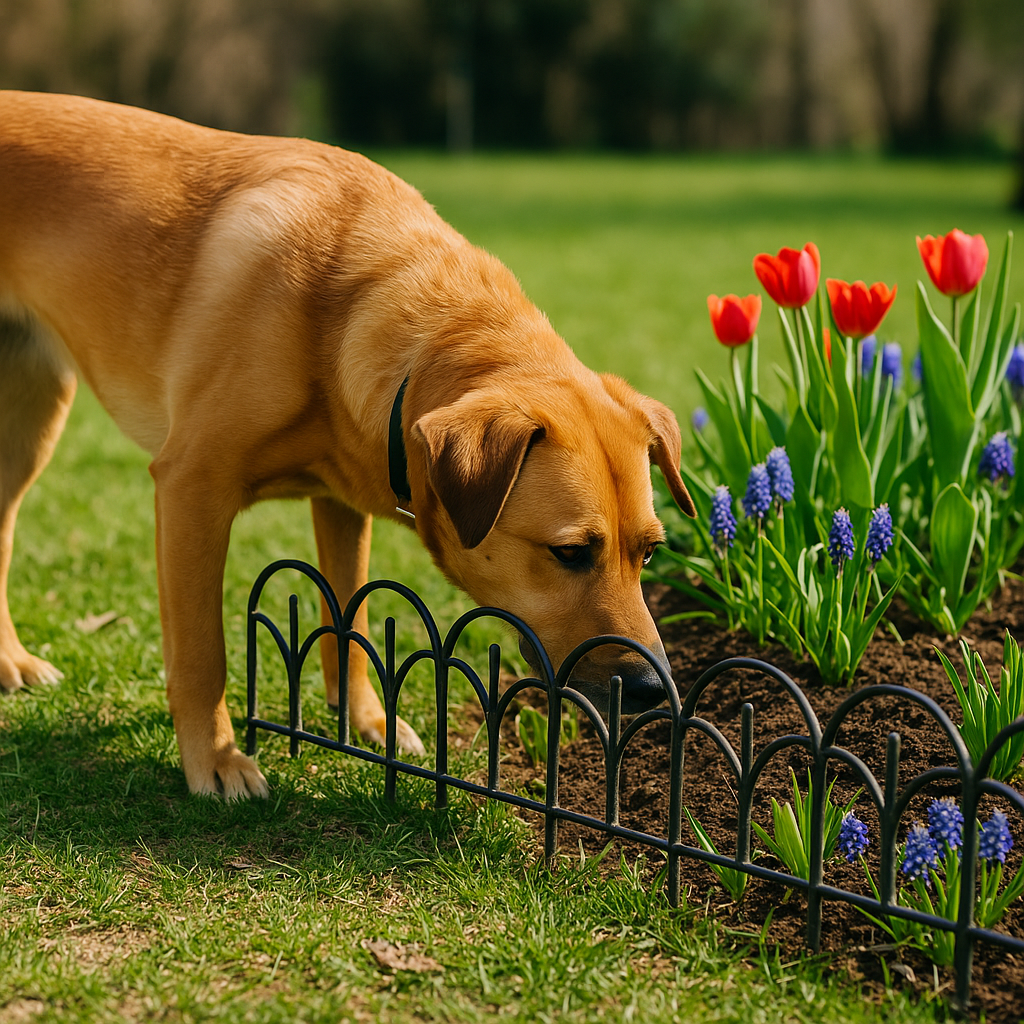
Pets bring joy, love, and plenty of fun—but they don’t always mix well with your garden. Whether it’s a playful dog digging up flower beds or a curious cat turning your mulch into a litter box, protecting your garden from pets can be a real challenge.
The good news? You don’t have to choose between your furry friends and your plants. There are plenty of natural ways to keep pets out of your garden—all safe, humane, and environmentally friendly.
In this guide, I’ll show you how to pet-proof your garden without harmful chemicals or harsh barriers.
Why Use Natural Pet Deterrents?
When it comes to protecting your garden from pets, natural solutions are the best choice. Here’s why:
- Keep pets safe: Avoid toxic sprays or harmful chemicals
- Protect your plants: Stop digging, chewing, and trampling
- Be humane: Prevent damage without causing stress or harm to animals
- Support the environment: Eco-friendly methods benefit your whole backyard ecosystem
Common Garden Problems Caused by Pets
Before we get to the solutions, let’s look at the typical problems pets cause in the garden:
- Digging up flower beds or vegetable patches
- Chewing plants or garden decorations
- Using garden soil as a litter box
- Running or trampling delicate plants
- Damaging fences or plant containers during play
Natural Ways to Keep Pets Out of Your Garden
Here are some effective, pet-safe solutions to protect your garden:
1. Use Scent-Based Deterrents
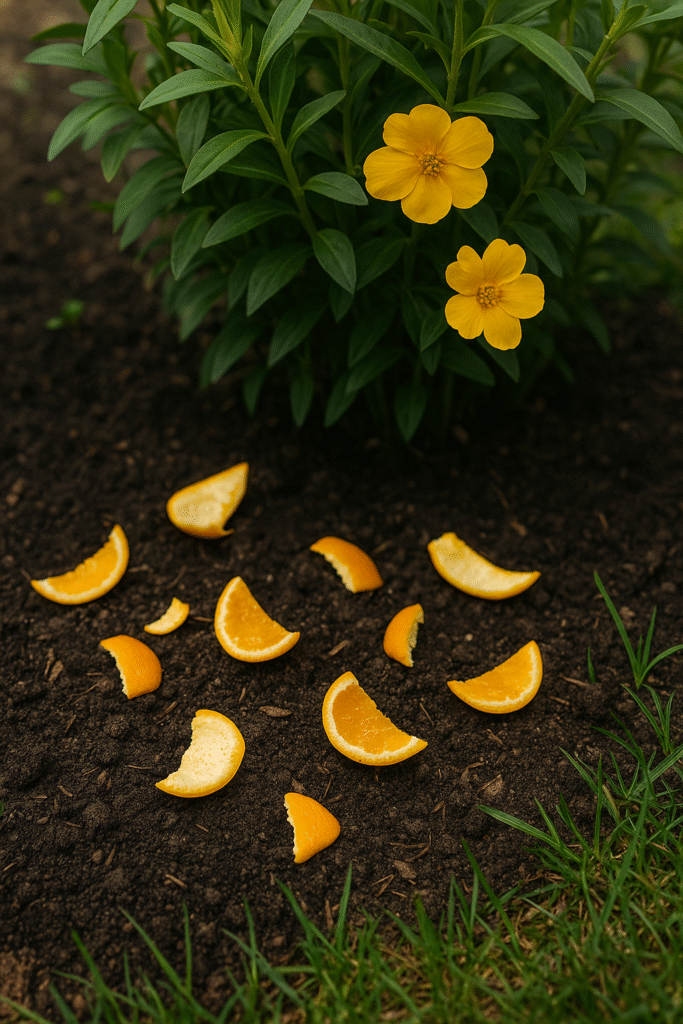
Pets have sensitive noses, and certain smells naturally repel them. Try these:
- Citrus Peels: Scatter orange or lemon peels around garden beds. Most cats and dogs dislike the scent.
- Vinegar Spray: Use diluted vinegar to spray garden borders. Avoid spraying directly on plants.
- Coffee Grounds: Pets dislike the smell, and coffee grounds are great for your soil (just don’t use too much).
- Pet-Safe Essential Oils: Lightly mist rosemary or lavender oil (diluted with water) around problem areas.
2. Install Physical Barriers
Sometimes a simple barrier is all you need to redirect pet traffic:
- Decorative Garden Fencing: Low wire fences or decorative borders can discourage digging.
- Raised Beds: Keep veggies and flowers safe by planting in raised garden beds.
- Gravel or Mulch Paths: Some pets dislike walking on rough textures.
- Motion-Activated Sprinklers: Gentle, effective deterrents for larger spaces.
3. Plant Natural Pet Repellents
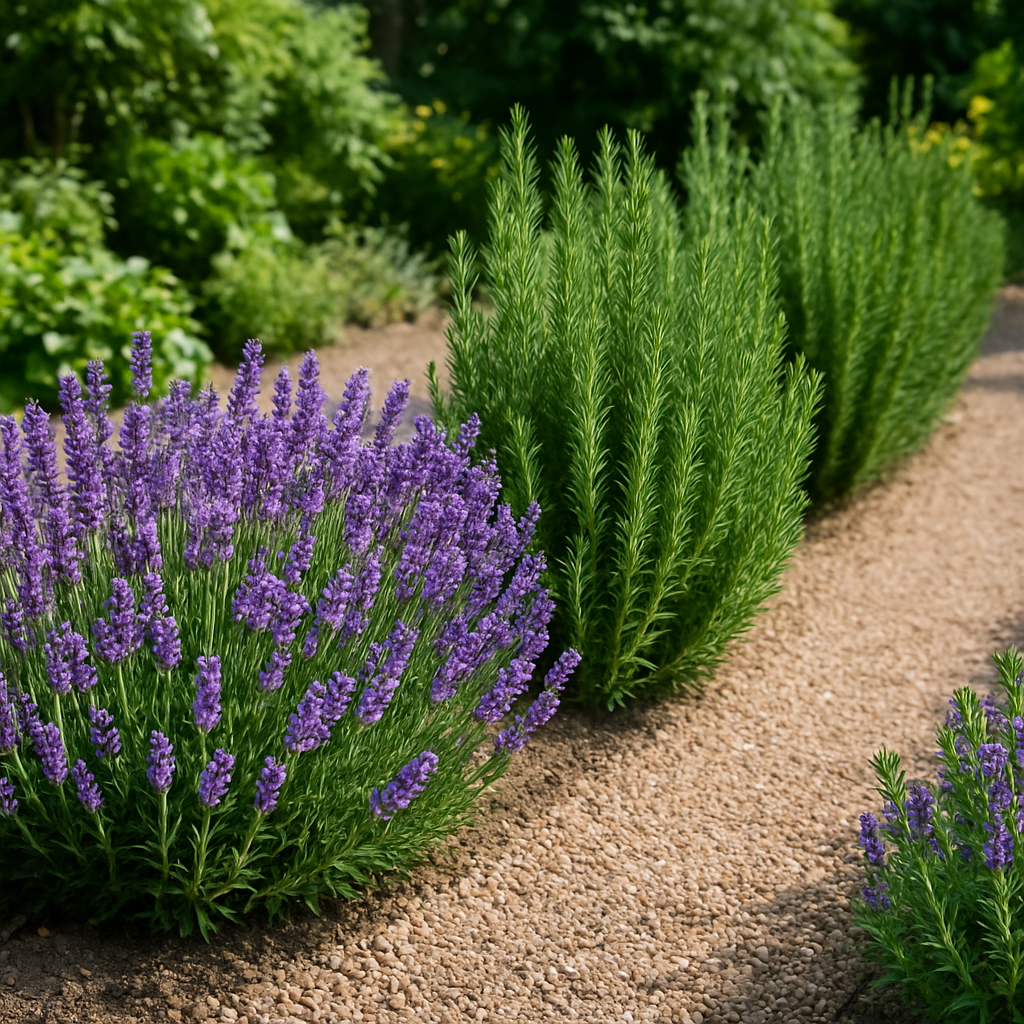
Certain plants are known to discourage pets:
- Lavender
- Rosemary
- Lemongrass
- Rue (especially for cats)
Bonus: These plants are not only pet deterrents—they also attract pollinators and add beauty to your garden.
4. Create a Pet-Friendly Zone
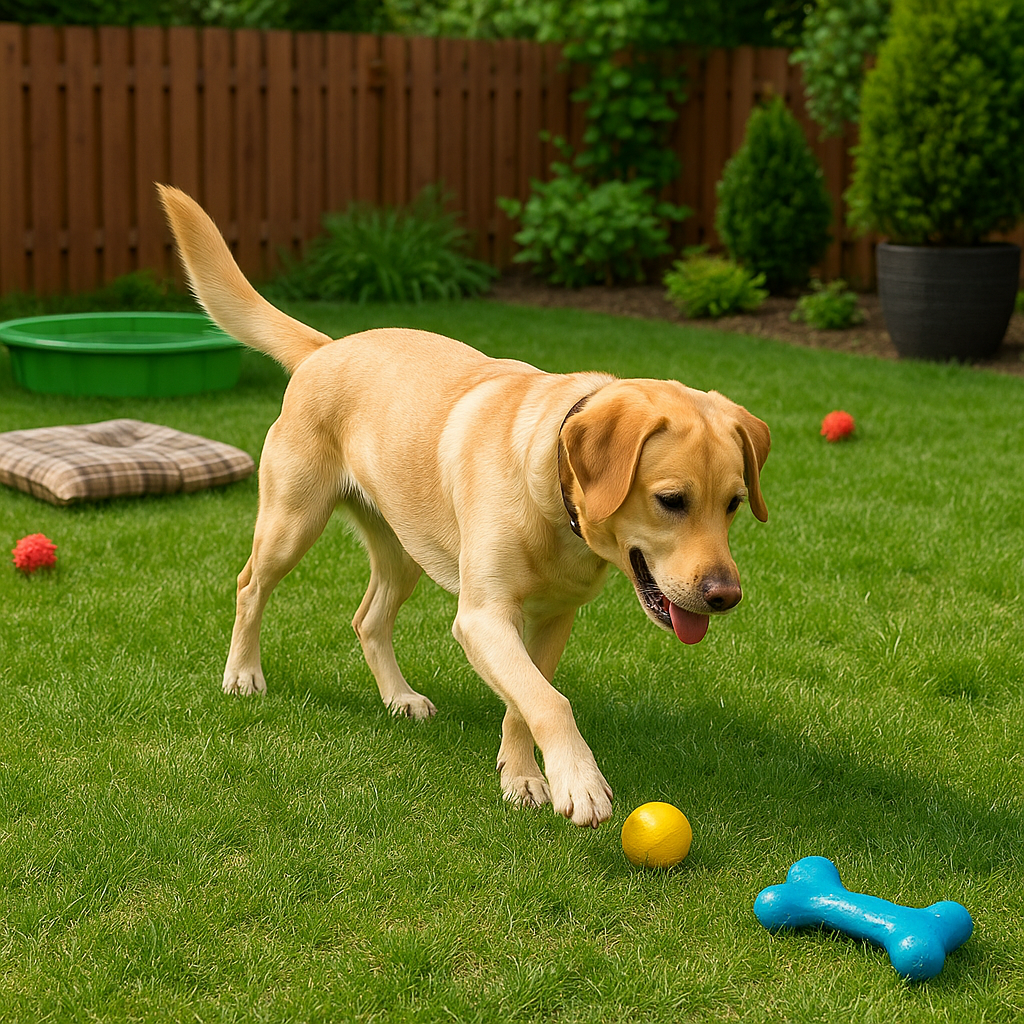
Give your pets a space they can enjoy, away from your garden:
- Designate a digging spot with soft soil or sand
- Set up toys and play areas to keep pets entertained
- Provide pet grass for cats or dogs who like to chew greens
Training your pets to use their own space reduces the temptation to explore your flower beds.
5. Use Noise and Motion Deterrents
Unexpected movement or sound can gently keep pets away:
- Wind chimes or garden spinners
- Pinwheels or reflective garden stakes
- Motion-activated sprinklers for a surprising (but harmless) nudge
6. Try Homemade Pet Repellent Sprays

Make your own safe, non-toxic repellents at home:
- Citrus Spray: Mix water with lemon or orange juice and spray around garden borders.
- Vinegar & Water Solution: Use as a perimeter spray (avoid plants directly).
- Pepper Spray (Use With Care): Mix water with mild pepper flakes—but avoid if your pets are sensitive.
Training Tips to Keep Pets Out of the Garden
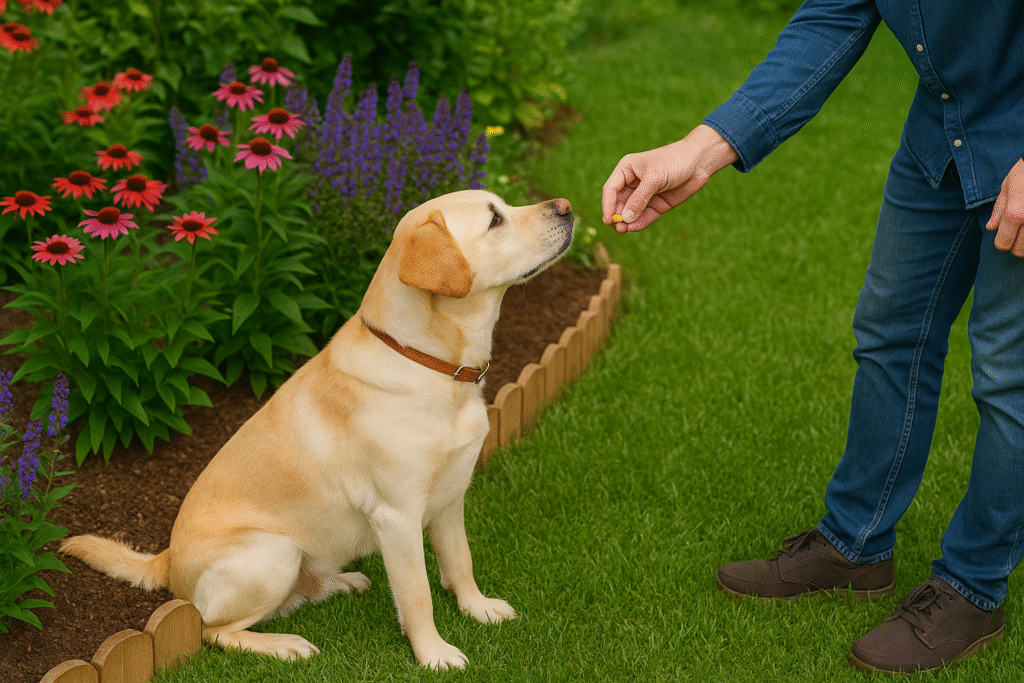
Behavioral training works hand-in-hand with natural deterrents:
- Use positive reinforcement: Reward your pets when they stay away from garden beds.
- Use commands like “leave it” and praise them for listening.
- Supervise pets outdoors during the initial training period.
Consistency is key—most pets will learn the boundaries with time.
Common Mistakes to Avoid
- Using toxic chemicals: These can harm pets, plants, and wildlife.
- Punishing pets: Fear-based methods cause stress without solving the problem.
- Skipping pet exercise: Bored pets are more likely to dig, chew, or explore.
- Ignoring the problem: The sooner you address it, the easier it is to train pets.
Pet-Friendly Garden Design Tips
Make your garden safe and stylish with these extra ideas:
- Plant hardy, pet-resistant plants along garden borders
- Avoid toxic plants (check for pet safety before planting)
- Never use cocoa mulch (it’s toxic to dogs)
- Use sturdy garden decor that won’t tip over easily
- Keep compost bins secure—they’re tempting for curious pets!
Conclusion
Keeping pets out of your garden doesn’t have to be a battle. With natural deterrents, thoughtful garden design, and positive training, you can protect your plants and keep your furry friends happy.
Try a mix of these methods and see what works best for your space—and remember, patience is part of the process.
Do you have a favorite natural pet-proofing trick? Share it in the comments or tag us on social media with your pet-friendly garden ideas!